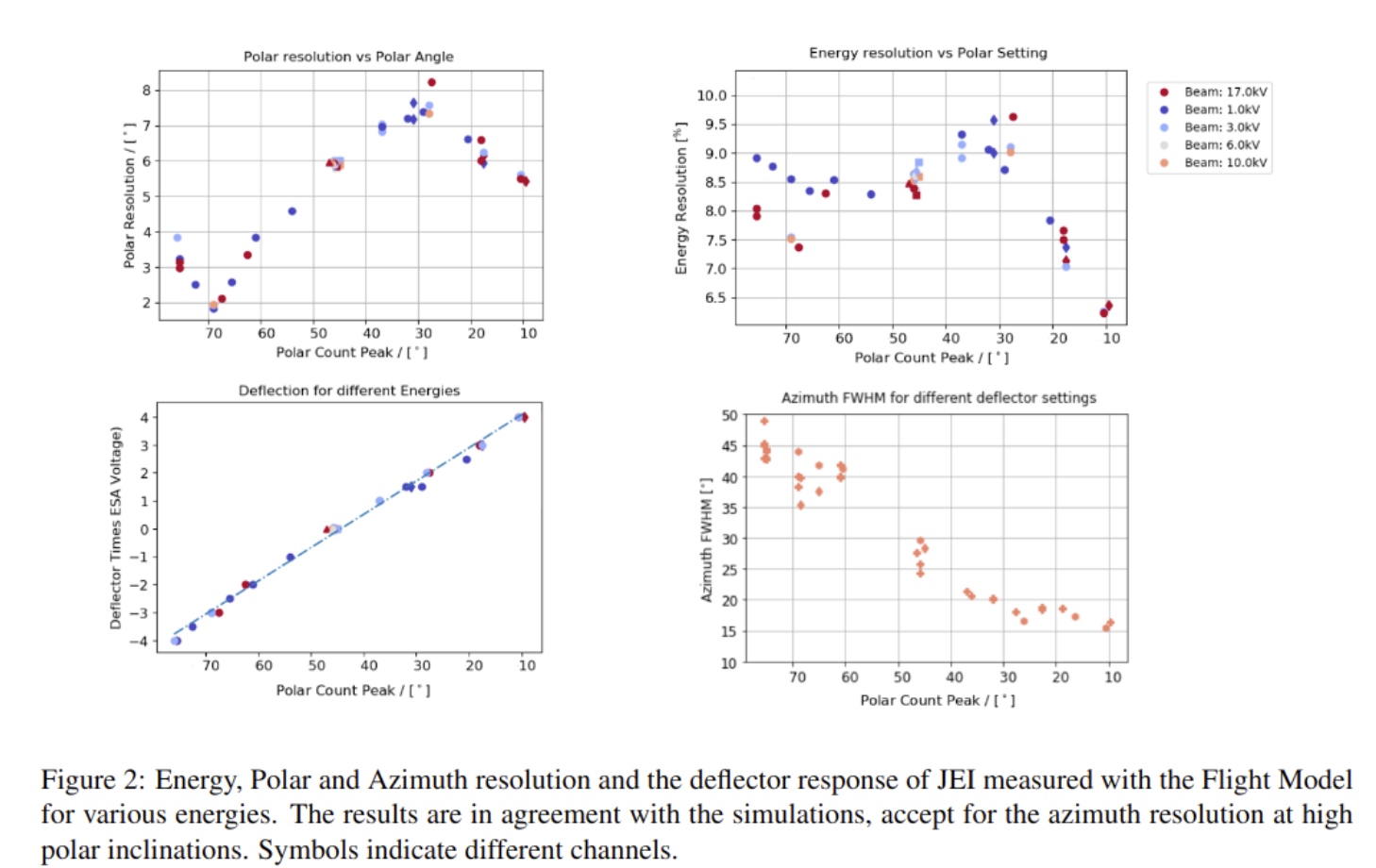OPS5
Outer Planet Moons: Environments and Interactions
Co-organized by MITM
Convener:
Shahab Fatemi
|
Co-conveners:
Audrey Vorburger,
Lorenz Roth,
Elias Roussos,
Krishan Khurana
Session assets
Discussion on Slack
Orals: Fri, 23 Sep, 12:00–17:00 | Room Andalucia 3
Chairpersons: Shahab Fatemi, Audrey Vorburger, Elias Roussos
12:00–12:10
|
EPSC2022-143
A current picture of neutral tori at outer planetary systems: unique insight into moon-magnetospheric interactions
(withdrawn)
12:10–12:25
|
EPSC2022-702
|
ECP
|
solicited
12:25–12:35
|
EPSC2022-290
12:35–12:45
|
EPSC2022-212
|
ECP
12:45–12:55
|
EPSC2022-2
|
ECP
Lunch break
Chairpersons: Audrey Vorburger, Shahab Fatemi, Elias Roussos
15:30–15:45
|
EPSC2022-645
|
solicited
|
MI
15:45–15:55
|
EPSC2022-681
15:55–16:05
|
EPSC2022-838
16:05–16:15
|
EPSC2022-117
Investigating Jovian Radiation Environment by the Europa Clipper Mission
(withdrawn)
16:25–16:35
|
EPSC2022-1015
Posters: Thu, 22 Sep, 18:45–20:15 | Poster area Level 1
Chairpersons: Shahab Fatemi, Audrey Vorburger, Elias Roussos
L1.106
|
EPSC2022-714
Low-energy Energetic Neutrals Atom imaging of Jovian icy moons by PEP/JNA on JUICE
(withdrawn)










